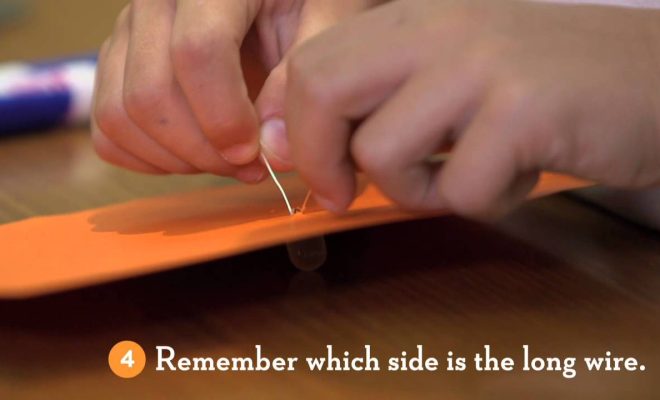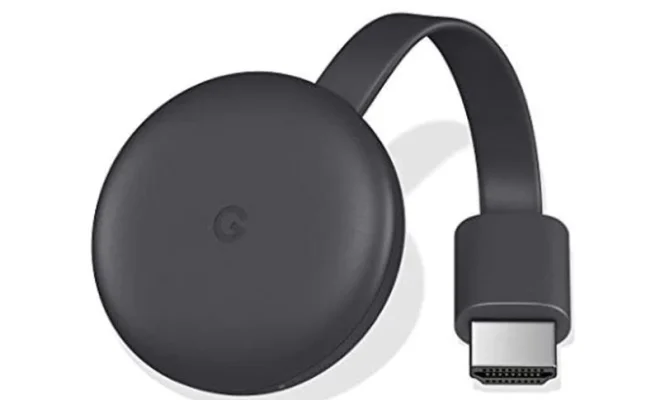6 Settings You Can Use to Customize Your Mac’s Trackpad
As a Mac user, you have probably come to rely on your trackpad for its effortless precision and ease of use. But did you know that your Mac’s trackpad comes with a variety of customizable settings? These settings can help you tailor your trackpad to your unique preferences and make your daily tasks even more efficient. In this article, we’ll explore six settings you can use to customize your Mac’s trackpad.
1. Tracking speed
The tracking speed setting controls how fast your cursor moves across the screen when you move your finger on the trackpad. You can adjust this setting to suit your personal preference by going to System Preferences > Trackpad > Point & Click. From there, you can use the slider to adjust your tracking speed.
If you prefer a slower cursor speed, move the slider to the left. Conversely, if you want your pointer to move faster, move the slider to the right.
2. Tap to click
Tap to click is a convenient setting that lets you tap your trackpad instead of using the physical click button. You can enable this feature by going to System Preferences > Trackpad > Point & Click and then ticking the box next to “Tap to click.”
With tap to click enabled, you can quickly and easily select items on your screen without having to use a physical button. This setting can be especially useful if you have any issues with your trackpad buttons.
3. Secondary click
The secondary click setting controls what happens when you click the right side of your trackpad. By default, this setting is set to “click or tap with two fingers.” However, you can also customize this by going to System Preferences > Trackpad > Point & Click and then selecting “click in the bottom right corner” or “click in the bottom left corner.”
Secondary click can be a handy feature for accessing contextual menus in apps like Finder or Safari. Experiment with the different options to find the one that works best for you.
4. Three-finger gestures
Your Mac’s trackpad also supports a variety of gestures that can help you access different features and shortcuts. One of the most useful gesture sets is the three-finger gesture, which can be customized in System Preferences > Trackpad > More Gestures.
Here are some common three-finger gestures:
– Swipe up to enter Mission Control
– Swipe down to show all open windows
– Swipe left or right to switch between full-screen apps
– Tap with three fingers to look up a definition
You can also create your custom three-finger gestures by selecting “Customize” and then selecting the action you want to associate with a particular gesture.
5. Force Touch
Force Touch is a feature that allows you to apply different levels of pressure to your trackpad to access different features. Force Touch can be customized in System Preferences > Trackpad > Point & Click.
Here are some examples of what you can do with Force Touch:
– Force click on a file to preview it
– Force click on a date or time to create a new event in Calendar
– Force click on a word to view its definition
You can also adjust the sensitivity of Force Touch by using the slider in the same menu.
6. Scrolling
Finally, you can customize your trackpad’s scrolling direction in System Preferences > Trackpad > Scroll & Zoom. By default, your trackpad will scroll in the opposite direction of your finger’s movement (also known as “natural scrolling”).
If you prefer the traditional scrolling direction, untick the box next to “Scroll direction: natural.” You can also customize how quickly your Mac scrolls by changing the Scrolling speed option.
In conclusion, your Mac’s trackpad is a powerful tool that can be customized in many ways to meet your unique preferences and needs. By experimenting with these six settings, you can make your daily tasks even more efficient and enjoyable. So go ahead and make your trackpad work for you!






